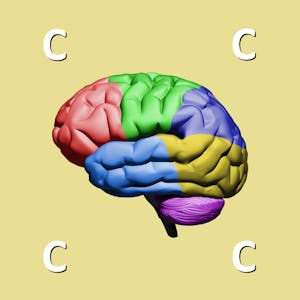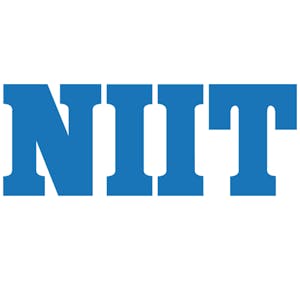Basics of Cisco Networking
About this Course
Targeted Learners: Aspiring Network Administrators, IT Professionals, and Networking Enthusiasts This course is designed to equip students with essential knowledge and skills in computer networking and Cisco device configuration. Topics covered include: Basic Network Components and Functions: Describe the fundamental components and functions of computer networks. Cisco IOS and CLI Concepts: Demonstrate proficiency in Cisco\'s IOS and Command Line Interface (CLI). Execute basic CLI commands for network configuration. OSI and TCP/IP Models: Differentiate between the OSI and TCP/IP networking models. IP Addressing and Subnetting: Analyze IP addressing concepts and subnetting techniques (including CIDR). Construct and evaluate network topologies. Cisco Switching: Identify key features of Cisco switches. Explain the principles and significance of Cisco switching. Cisco Routing: Configure and verify Cisco router interfaces. Implement and troubleshoot routing protocols. Routing Protocols: Differentiate between static and dynamic routing. Analyze and troubleshoot common routing issues. Network Monitoring and Management: Describe network monitoring and management. Identify tools and techniques for effective network monitoring. Network Security: Evaluate network security threats. Implement appropriate security countermeasures. Apply best practices to secure Cisco routers and switches. Throughout this course, students will engage in hands-on activities and practical exercises to reinforce their understanding of networking concepts and gain proficiency in configuring and managing Cisco devices. Upon completion, students will be well-prepared to pursue further certifications and careers in the field of computer networking.Created by: LearnQuest

Related Online Courses
This specialization is designed to let you explore computational thinking and beginning C programming topics, applying those concepts to develop solutions to a variety of practical problems.The... more
This course covers the essential information that every serious programmer needs to know about algorithms and data structures, with emphasis on applications and scientific performance analysis of... more
Backend refers to the server side of development. Here, the primary focus is on how a website works. Node.js is considered efficient for the development of backend applications as it brings... more
This Specialization is for learners who want to learn how to identify, analyze, and solve business problems using spreadsheet models. In addition, learners will use mathematical tools to discover... more
In this course, we will delve into some business topics that illustrate how all company departments and teams need to work together to be successful. We will have some interesting topics learning... more








